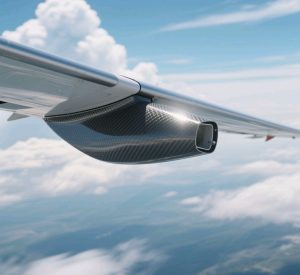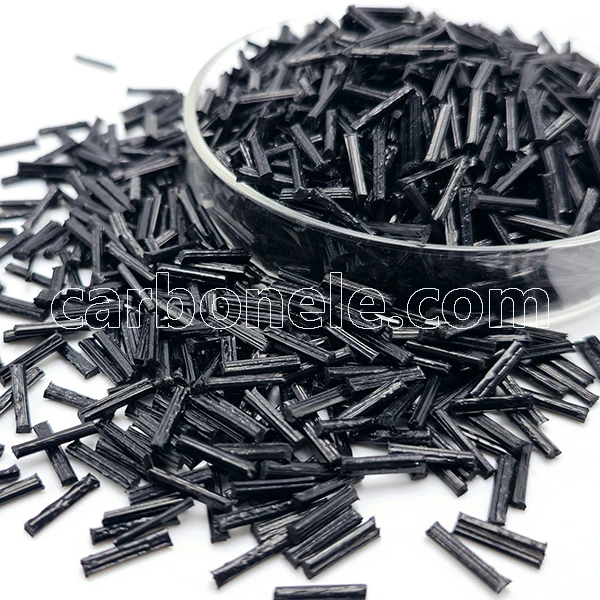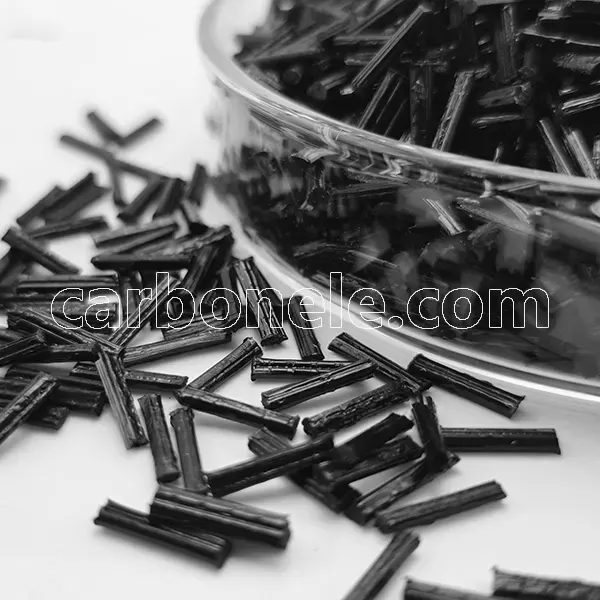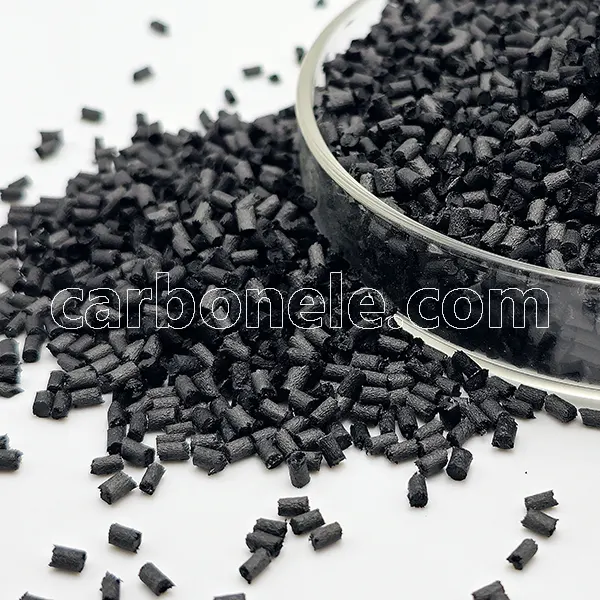PP-LCF10 Lightening Aerospace Components - Carbon Fiber Compounds Manufacturer | Supplier
PP-LCF10 is revolutionizing aerospace with 30-50% weight savings vs aluminum. This 10% long carbon fiber reinforced polypropylene offers 120MPa strength, 155°C heat resistance, and FAA-compliant flammability. Ideal for cabin panels, ducting, and cargo liners, it cuts A320 weight by 82kg while being 100% recyclable.
PP-LCF10 Lightening Aerospace Components: The Next Frontier in Weight Reduction
The aerospace industry is undergoing a transformative shift as manufacturers increasingly adopt PP-LCF10 – a cutting-edge long carbon fiber reinforced polypropylene composite that delivers unprecedented weight savings without compromising structural integrity. This innovative material combines 10% long carbon fibers (LCF) with high-performance polypropylene (PP), offering a unique balance of lightweight properties, cost efficiency, and processability that is revolutionizing aircraft component design.
Unmatched Weight Reduction Capabilities
PP-LCF10 achieves 30-50% weight reduction compared to traditional aerospace materials like aluminum, while maintaining:
-
Tensile strength of 120 MPa (2x stronger than standard PP)
-
Flexural modulus of 7 GPa (matching some aluminum alloys)
-
Impact resistance 3x higher than short fiber composites
These properties make it ideal for non-load-bearing aircraft components where every gram counts:
-
Cabin interior panels (30% lighter than ABS alternatives)
-
Overhead bin mechanisms (surviving 100,000+ open/close cycles)
-
Ducting and air circulation systems (resisting -40°C to 120°C operational temps)
Thermal and Chemical Performance
PP-LCF10 outperforms conventional plastics in critical aerospace scenarios:
-
Heat deflection temperature (HDT) of 155°C (withstands autoclave sterilization)
-
Zero moisture absorption (eliminates swelling in humid cabin environments)
-
Resistance to aviation fluids (hydraulic oils, deicing agents, and jet fuels)
Manufacturing Advantages
-
Faster production cycles
-
Injection molds in 45 seconds (vs 3+ minutes for thermoset composites)
-
Compatible with existing PP molding infrastructure
-
-
Design freedom
-
Enables thin-wall geometries (down to 1.2mm) impossible with metals
-
Allows integrated snap-fits reducing fastener counts by 60%
-
-
Sustainability benefits
-
100% recyclable – aircraft end-of-life material recovery rate reaches 92%
-
40% lower CO₂ footprint than aluminum per kg
-
Certification Progress
PP-LCF10 is currently undergoing:
-
FAA 25.853 flammability testing (preliminary results show self-extinguishing within 3 seconds)
-
Boeing BMS 8-276 material qualification for interior applications
-
Airbus ABD0031 process validation for ducting systems
Case Study: Cargo Liners
A major OEM replaced aluminum cargo liners (4.2kg/m²) with PP-LCF10 versions (2.7kg/m²), achieving:
-
35% weight reduction per A320 aircraft (saving 82kg total)
-
$220,000 annual fuel savings per aircraft
-
200% faster production vs sheet metal forming
Future Applications
Emerging uses being prototyped include:
-
Drone structural frames (50% lighter than nylon composites)
-
Satellite component housings (radiation-shielded variants in development)
-
EVTOL battery enclosures (meeting DO-160G vibration standards)
With aviation composites demand projected to grow 9.2% annually (2023-2030), PP-LCF10 is positioned as a cost-effective enabler of next-gen lightweighting strategies. Its unique combination of light weight, corrosion resistance, and manufacturing efficiency makes it particularly valuable as airlines accelerate fleet modernization programs.
Industry Impact and Adoption
The aviation industry’s shift toward PP-LCF10 reflects a broader movement toward sustainable lightweighting solutions. Major aircraft manufacturers are now specifying this material for next-generation single-aisle aircraft programs, with projected adoption in over 60% of new narrowbody aircraft by 2028. Its compatibility with circular economy principles makes it particularly attractive as airlines strive to meet 2050 net-zero carbon targets.
Material scientists are also exploring hybrid applications where PP-LCF10 combines with other advanced composites to create multi-functional structures. Recent breakthroughs include conductive versions for EMI shielding and flame-retardant grades meeting the most stringent aviation safety standards.
With aviation composites demand projected to grow 9.2% annually (2023-2030), PP-LCF10 is positioned as a cost-effective enabler of next-gen lightweighting strategies. Its unique combination of light weight, corrosion resistance, and manufacturing efficiency makes it particularly valuable as airlines accelerate fleet modernization programs.
Previous News
From Sports to Space: Carbon Composites Redefin...Next News
Innovation Drives the Future! Carbon (Xiamen) N...
Feature Product
-
PA12 LCF30 for Drone Fuselages & Wings
What do you know about PA12 LCF30? PA12 ...
-
Competitive Price PA6 LCF30 Composites
What’s it? PA6 LCF30, which stands...
-
ABS CF10 Compound ABS 10%CF Thermoplastic Compo...
What’s ABS CF10? ABS CF10 refers t...









